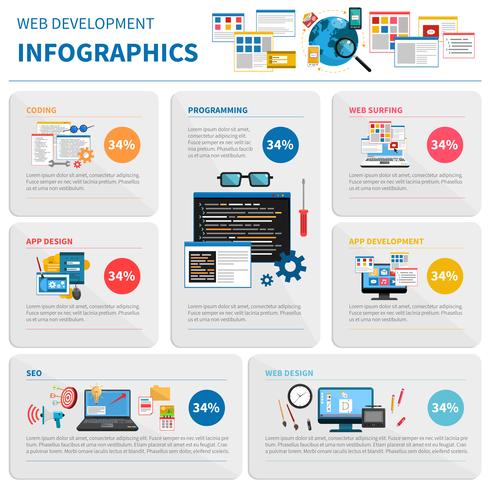Website Style: A Trip Through Time.From Modest Beginnings To Modern Wonders, Site Design Has Gone Through A Significant Transformation Throughout The Years
Website Style: A Trip Through Time.From Modest Beginnings To Modern Wonders, Site Design Has Gone Through A Significant Transformation Throughout The Years
Blog Article
Material Author-Jonasson Wren
In the past, sites were simple and focused on details. Navigating was direct, and layout was for desktop computers. Currently, customer experience is essential. Data overviews layouts for very easy navigating. Receptive formats match various tools. Today, dark setting reduces stress, and minimalist menus improve navigation. Interactive attributes engage users, and strong visuals attract attention. AI assimilation improves interaction. See just how style has actually progressed to enhance your online journey.
Very Early Days of Website Design
In the very early days of web design, simpleness preponderated. Internet sites were fundamental, with limited shades, font styles, and designs. The emphasis was on giving information instead of showy visuals. Customers accessed the web via slow-moving dial-up links, so rate and capability were essential.
Navigation menus were straightforward, typically situated on top or side of the page. Sites were created for desktop, as mobile surfing had not been yet widespread. Web content was king, and developers prioritized easy readability over complex design elements.
HTML was the primary coding language made use of, and developers had to work within its constraints. Animations and interactive functions were marginal contrasted to today's requirements. Sites were fixed, with little dynamic web content or customized user experiences.
Increase of User-Focused Design
With the advancement of website design, a shift towards user-focused layout principles has actually become significantly noticeable. Today, developing websites that focus on customer experience is crucial for engaging visitors and achieving company goals. User-focused layout entails recognizing the demands, preferences, and actions of your target market to customize the internet site's format, web content, and includes accordingly.
Designers currently perform thorough study, such as customer surveys and functionality screening, to gather insights and feedback straight from customers. This data-driven method assists in developing intuitive navigating, clear calls-to-action, and visually attractive user interfaces that reverberate with visitors. By putting the individual at the center of the style process, sites can provide an extra personalized and pleasurable experience.
Receptive layout has actually also become a crucial element of user-focused design, making certain that sites are optimized for different gadgets and display sizes. This flexibility improves access and functionality, accommodating the diverse methods customers interact with sites today. In essence, the increase of user-focused style represents a shift towards producing digital experiences that focus on the needs and expectations of completion customer.
Modern Trends in Website Design
Check out the current fads shaping web design today. One popular trend is dark mode layout, providing a streamlined and modern appearance while decreasing eye stress in low-light atmospheres. Another crucial trend is minimal navigation, simplifying food selections and enhancing user experience by concentrating on essential elements. Including https://gregoryukarh.madmouseblog.com/10339805/learn-just-how-to-successfully-pull-in-regional-customers-making-use-of-local-seo-techniques-while-additionally-recognizing-the-broader-outreach-opportunities-of-standard-seo-uncover-the-vital-differences-in-between-the-two-approaches -interactions, such as computer animated switches or scrolling impacts, can create an extra appealing and interactive site. Receptive style continues to be crucial, ensuring seamless user experiences throughout numerous tools. Additionally, using vibrant typography and unbalanced layouts can add aesthetic passion and accentuate details web content.
Integrating AI technology, like chatbots for consumer support or personalized suggestions, boosts individual involvement and improves processes. Accessibility has likewise come to be a substantial fad, with developers focusing on comprehensive design techniques to accommodate diverse individual demands. Welcoming sustainability by maximizing site performance for rate and efficiency is one more arising pattern in website design. Working together with individual comments and information analytics to iterate and improve design continuously is necessary for staying relevant in the ever-evolving digital landscape. By welcoming these modern-day patterns, you can create an aesthetically attractive, straightforward website that reverberates with your target market.
Conclusion
As you review the development of site layout from the early days to currently, you can see how user-focused layout has actually ended up being the driving pressure behind modern-day patterns.
Welcome the trip of modification and adjustment in web design, always keeping the individual experience at the center.
Stay current with the most up to date trends and innovations, and never ever quit evolving your strategy to create visually magnificent and user-friendly web sites.
Recommended Webpage , adapt, and develop - the future of website design is in your hands.
